The city means we’re surrounded by Museums and Historical sites. We’ve got 2 days in Oslo to fit in as much as possible!
The ‘Oslo Pass’ and it’s tourist info app is one of the best we’ve ever come across. All the info you need in one place makes navigating and planning so easy… well-designed Oslo!
The Viking Ship Museum was #1 priority for today, and didn’t disappoint. The water was Norway’s highways, so the ‘longboat’ ships were a key part of their culture.
The four ships in the museum were found in burial mounds around the Oslo Fjord area in the late 1800s. The ships would be used at sea before being pulled ashore and used as burial ships. The dead were placed in chambers on the ship, with food and drink, animals and other objects. The whole ship was buried, and therefore well-preserved.
The design was unique – long, wide and flat. The first ship below (Oseberg Ship) was about 22m x 5m, and made of oak with iron rivets. The sail would have been about 90m2, and the ship also has 15 pairs of oar-holes (does that make them a XXX?). Two women were found in the burial chamber.


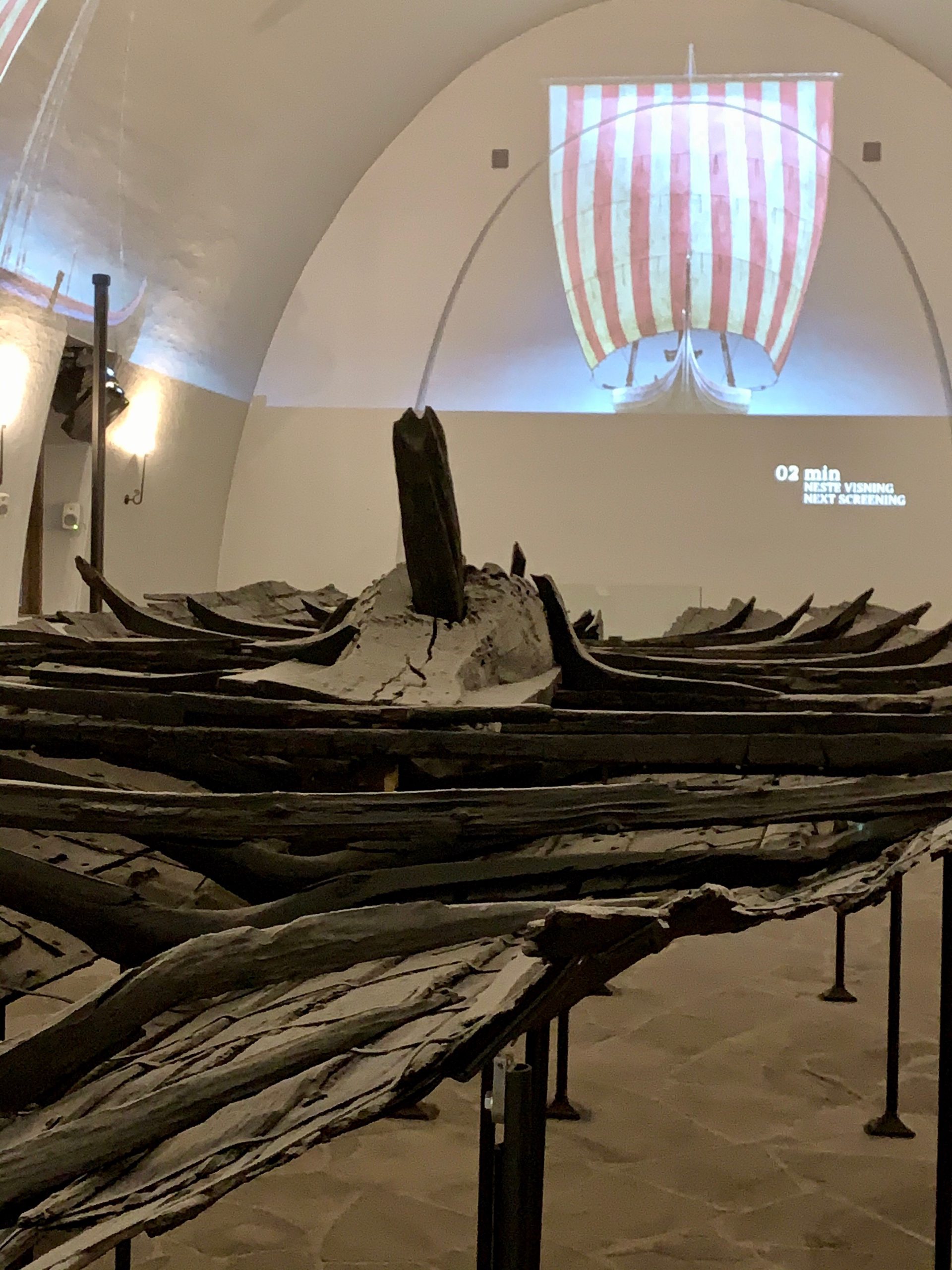
The ships were both functional, and decorated. The extent of the decoration on the Oseberg Ship suggests that it was not designed for long sea voyages.
The ornate work also extended to the pieces within the burial chamber. These were unlikely to have been used, just created to be buried.
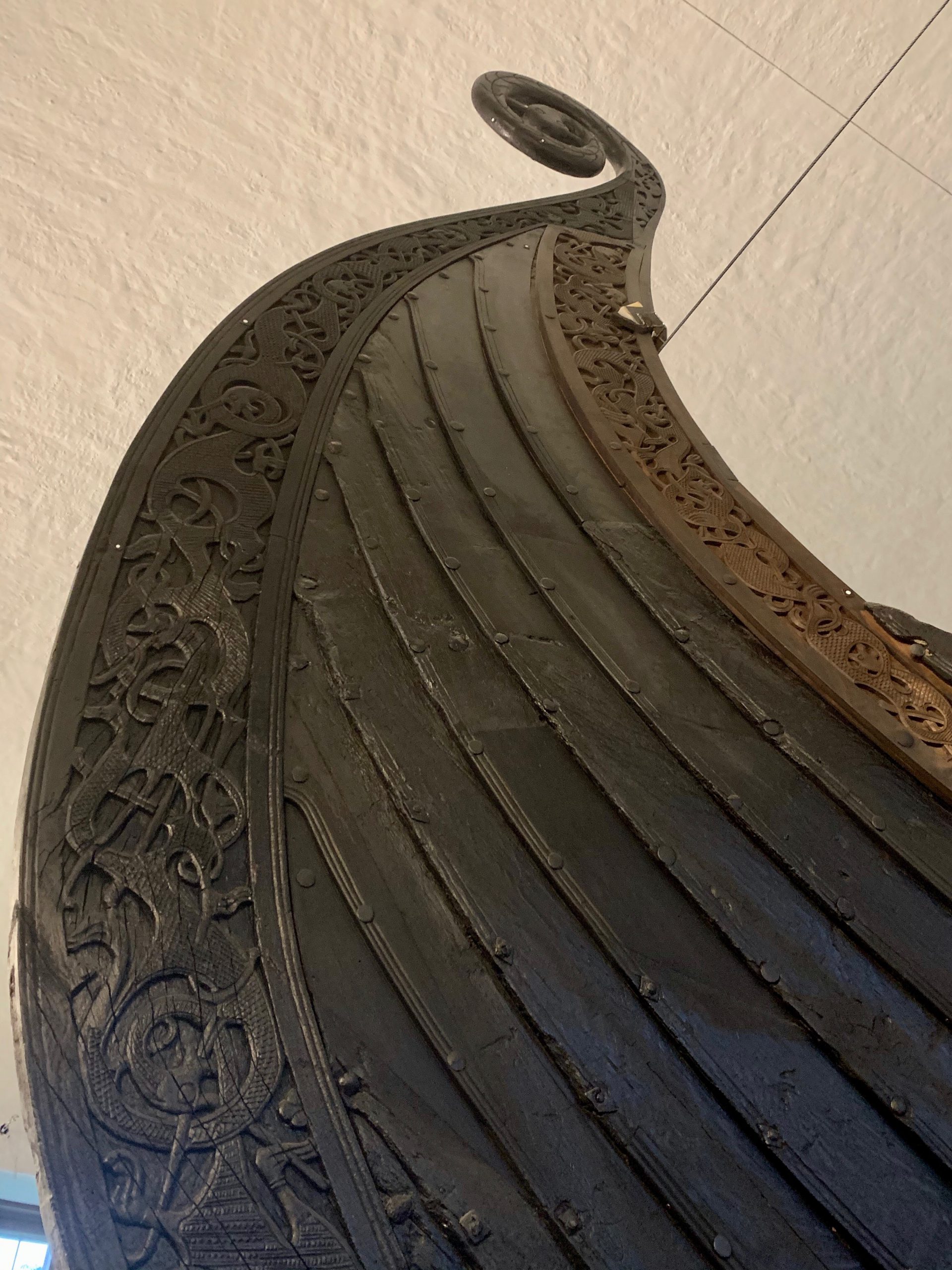


I feel like we’ve barely scratched the surface of learning about the Vikings, and there was so much more to their society and culture than the warriors that are represented in most media. The little we have learned is fascinating so this may be a job for when we get home.
The Fram Museum was nearby, and claims to be the ‘Best Museum in Norway’. It’s definitely up there!
The centrepiece of the museum is the Fram. Standing underneath it gives a sense of the enormity of the ship, and at the same time how small it seems considering the voyages it took. It still holds the record for the ship to have sailed the furthest North and the furthest South.
Fram museum
Amundsen, race to South Pole
Learning from Sami people how to survive in the Polar conditions. Dogs were key.
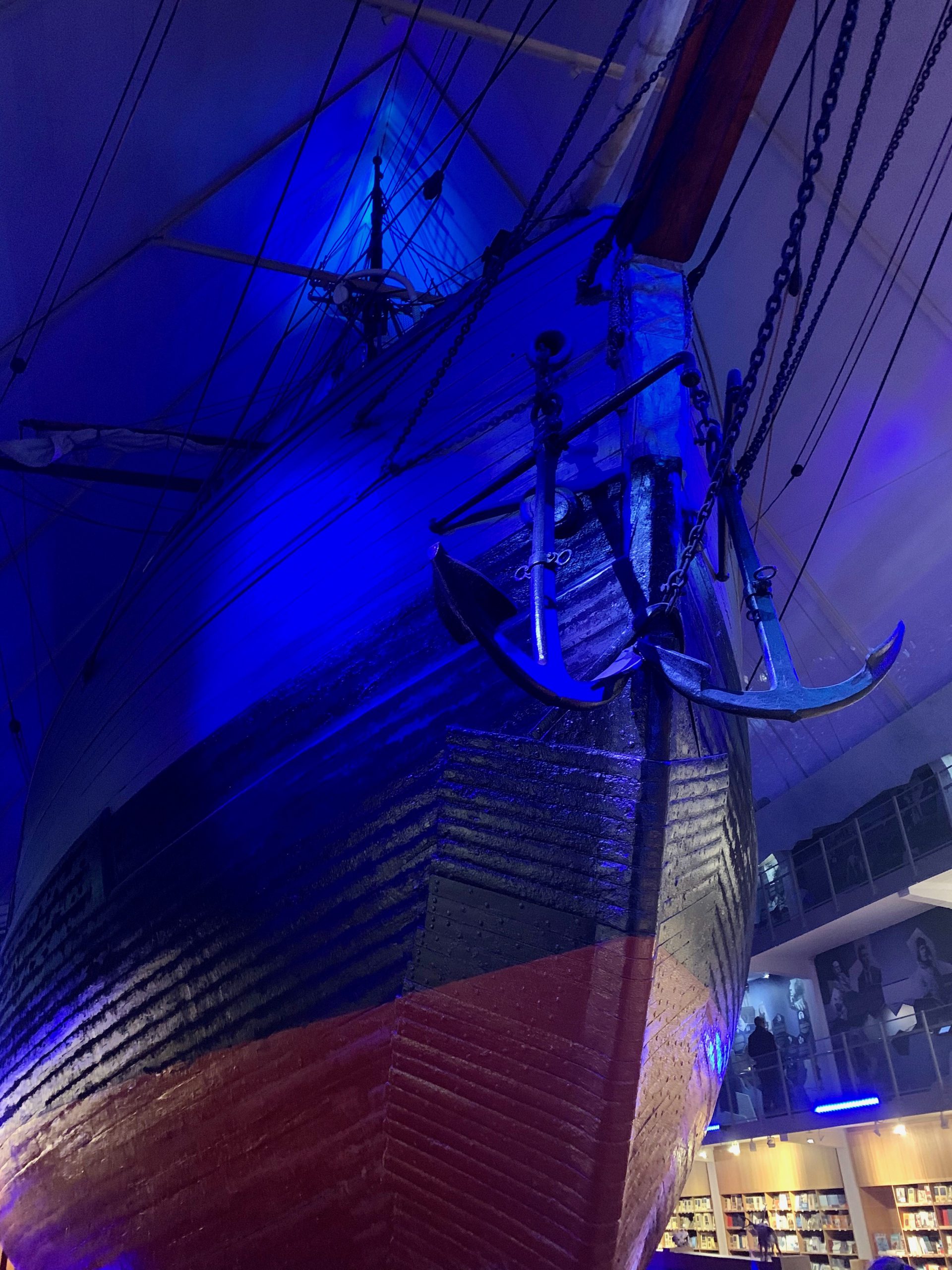


The stories of the Fram expeditions are told in the 3 levels leading up to the deck. From there, we were able to explore the deck and below to get a better sense of the working of the ship, and life on board. The idea of a sewing machine on board seemed odd, until you consider the importance of the sailmaker!
In the race to the South Pole, one of the things that placed Amundsen in a better position than Scott was his understanding of the polar environment. He had spent years working with the local Sami people learning their ways and testing his equipment. For example he knew the sled designs that would go the distance, and that dogs would work much better than horses. This proved to be a lifesaver.
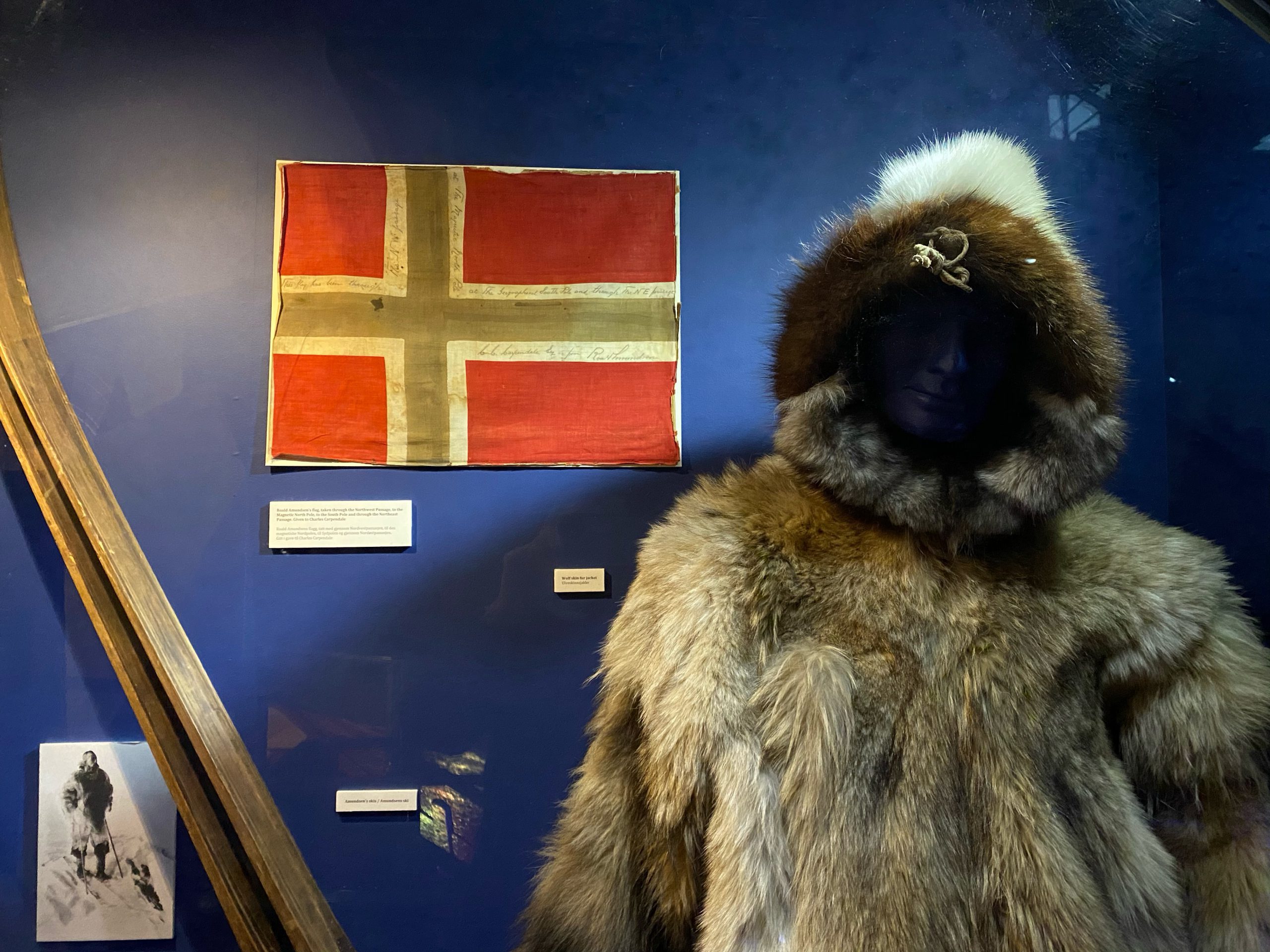
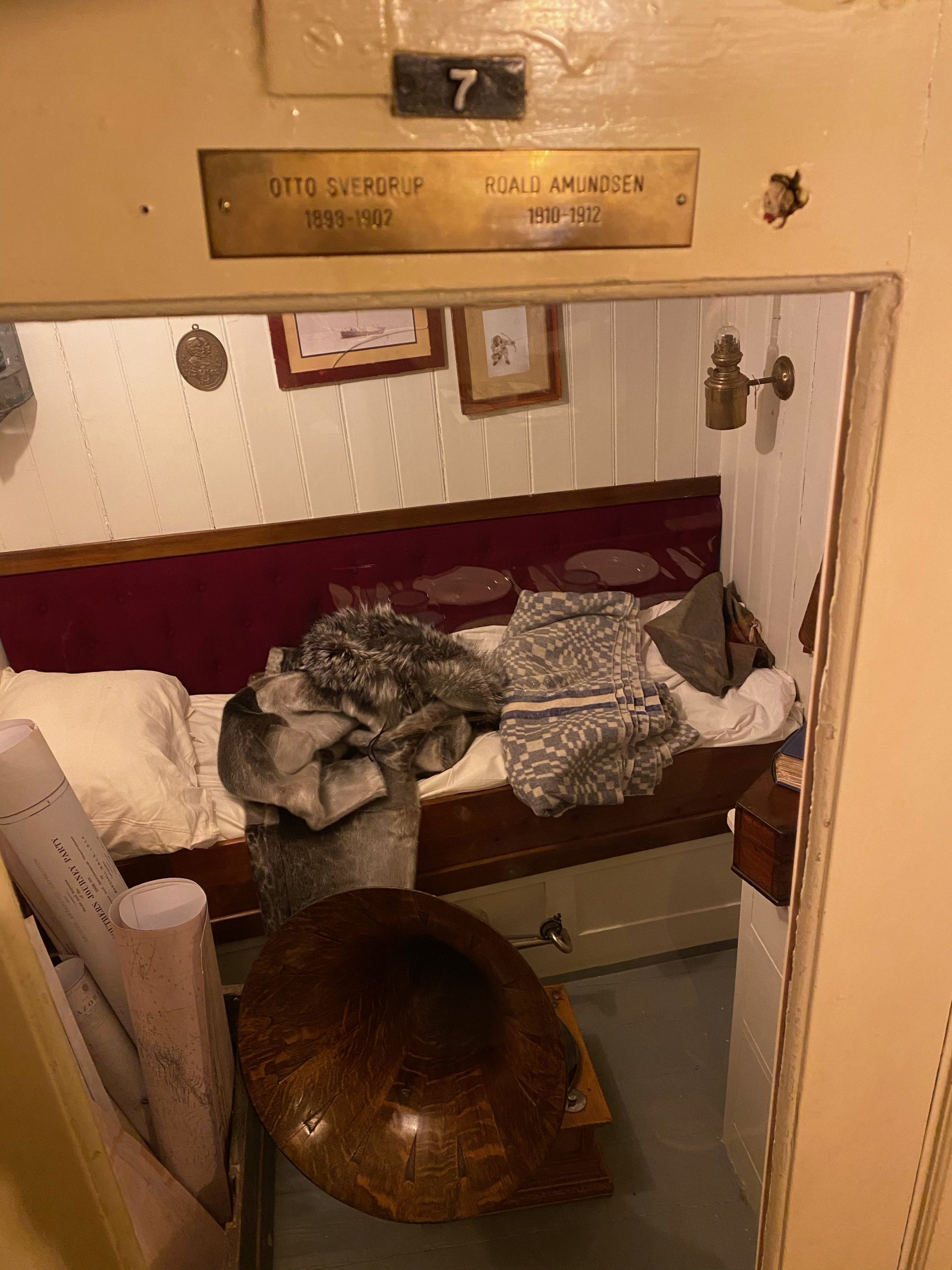

The Norsk Folkemuseum – Norwegian Museum of Cultural History is a large open air site that houses buildings from the Middle Ages to the 20th Century. It was interesting to see the difference in building design from rural and urban areas, using local materials. You can also see the impact of a cold climate – smaller spaces that are easier to heat!

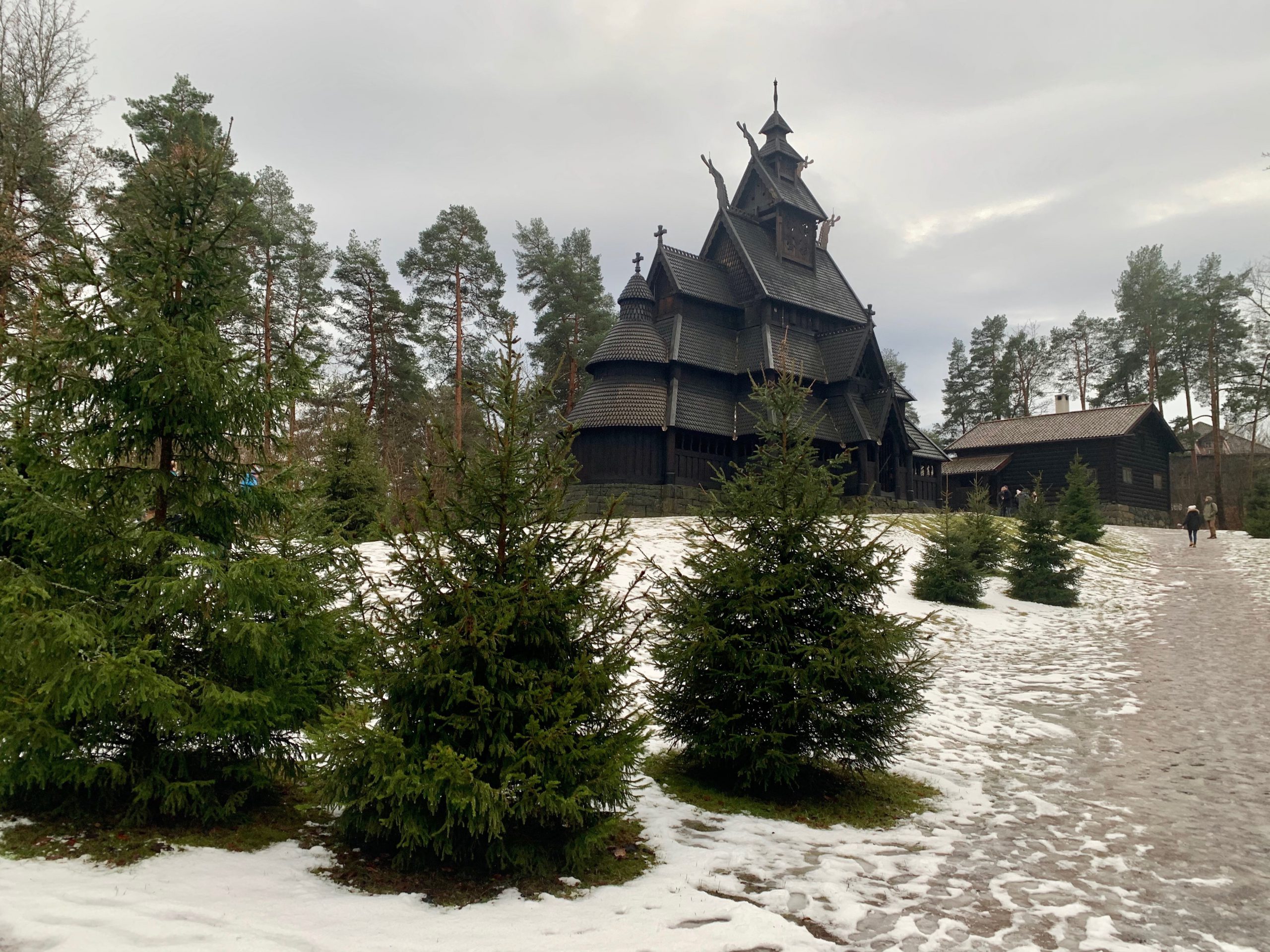
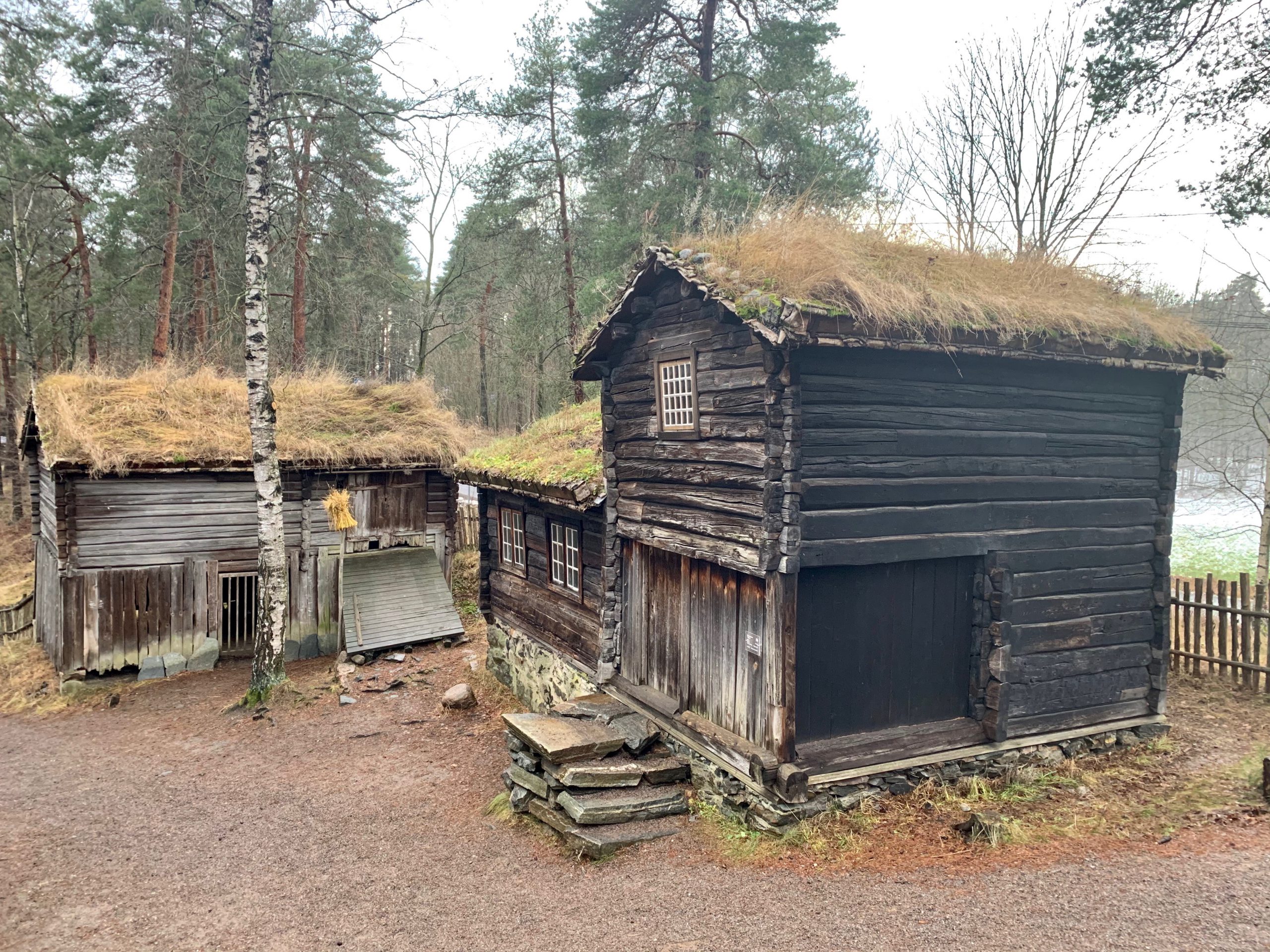
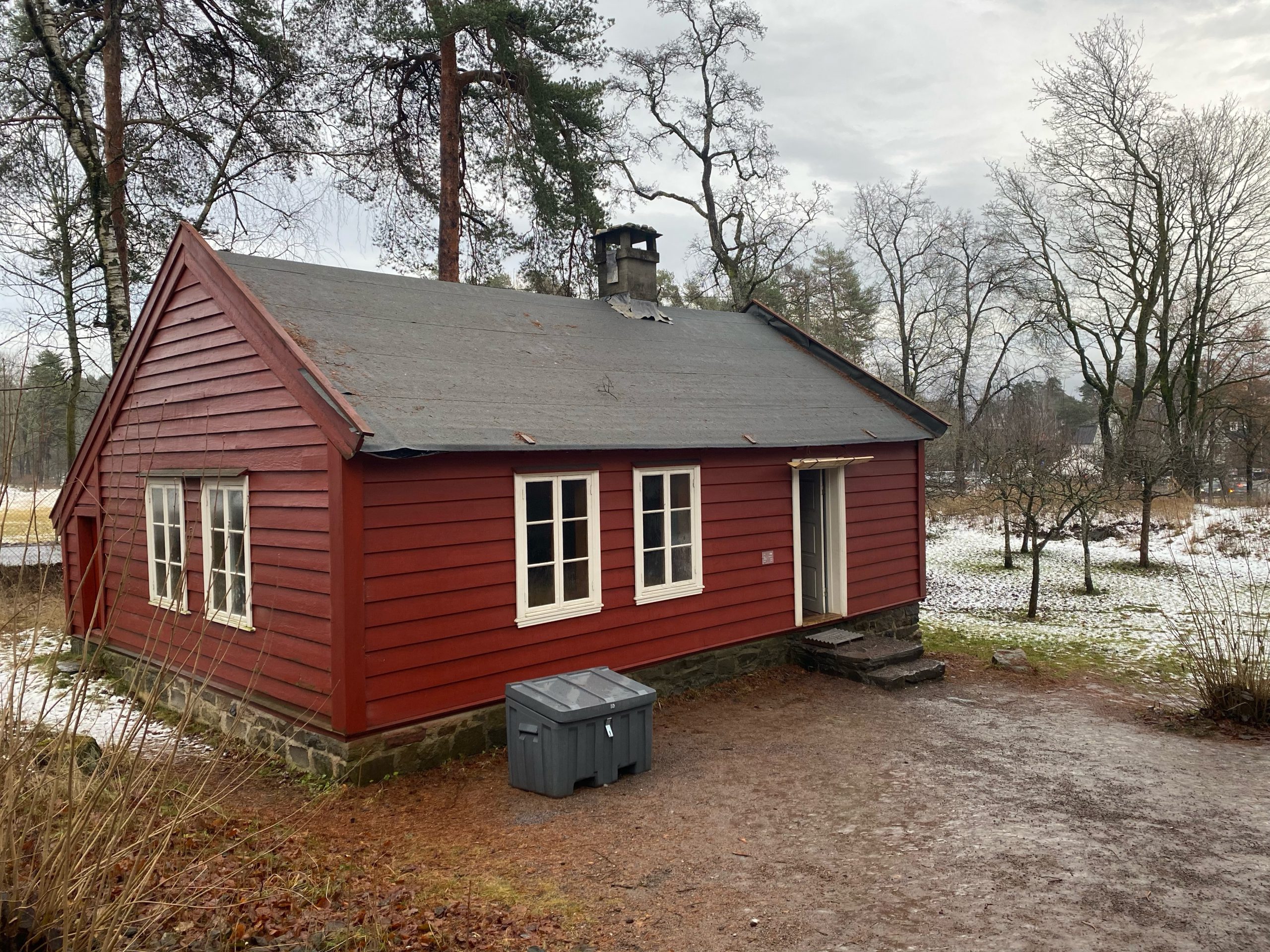
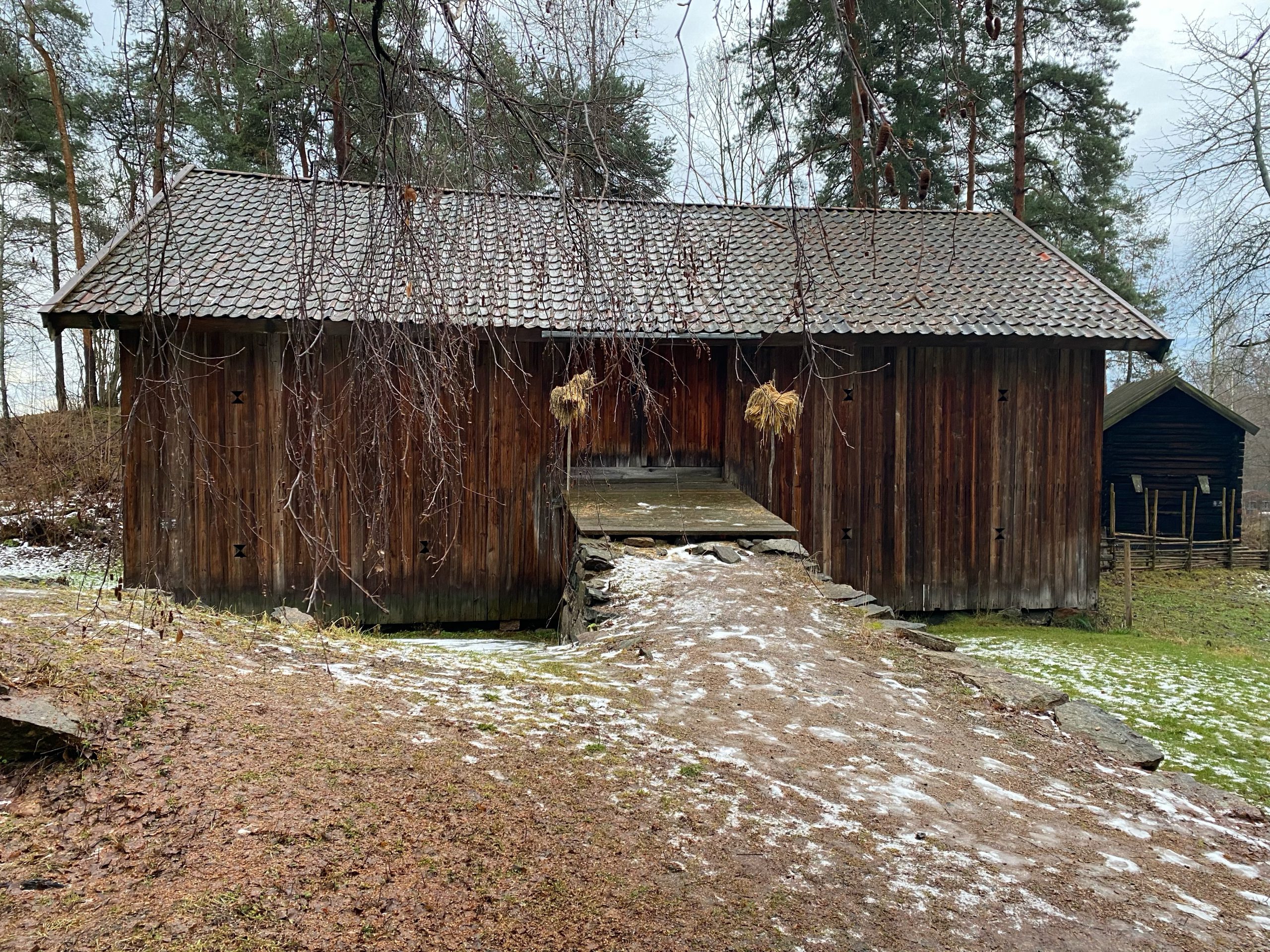
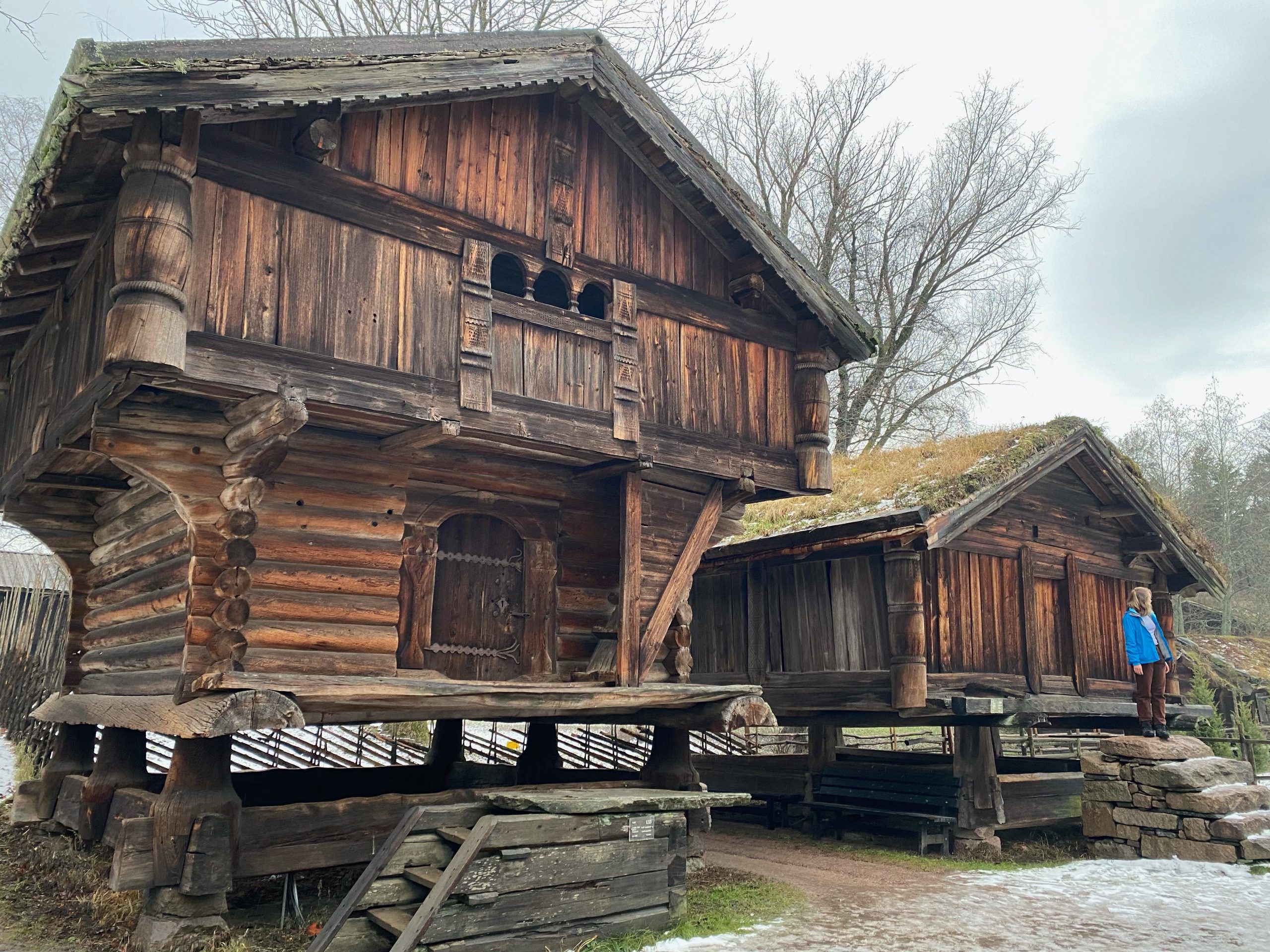
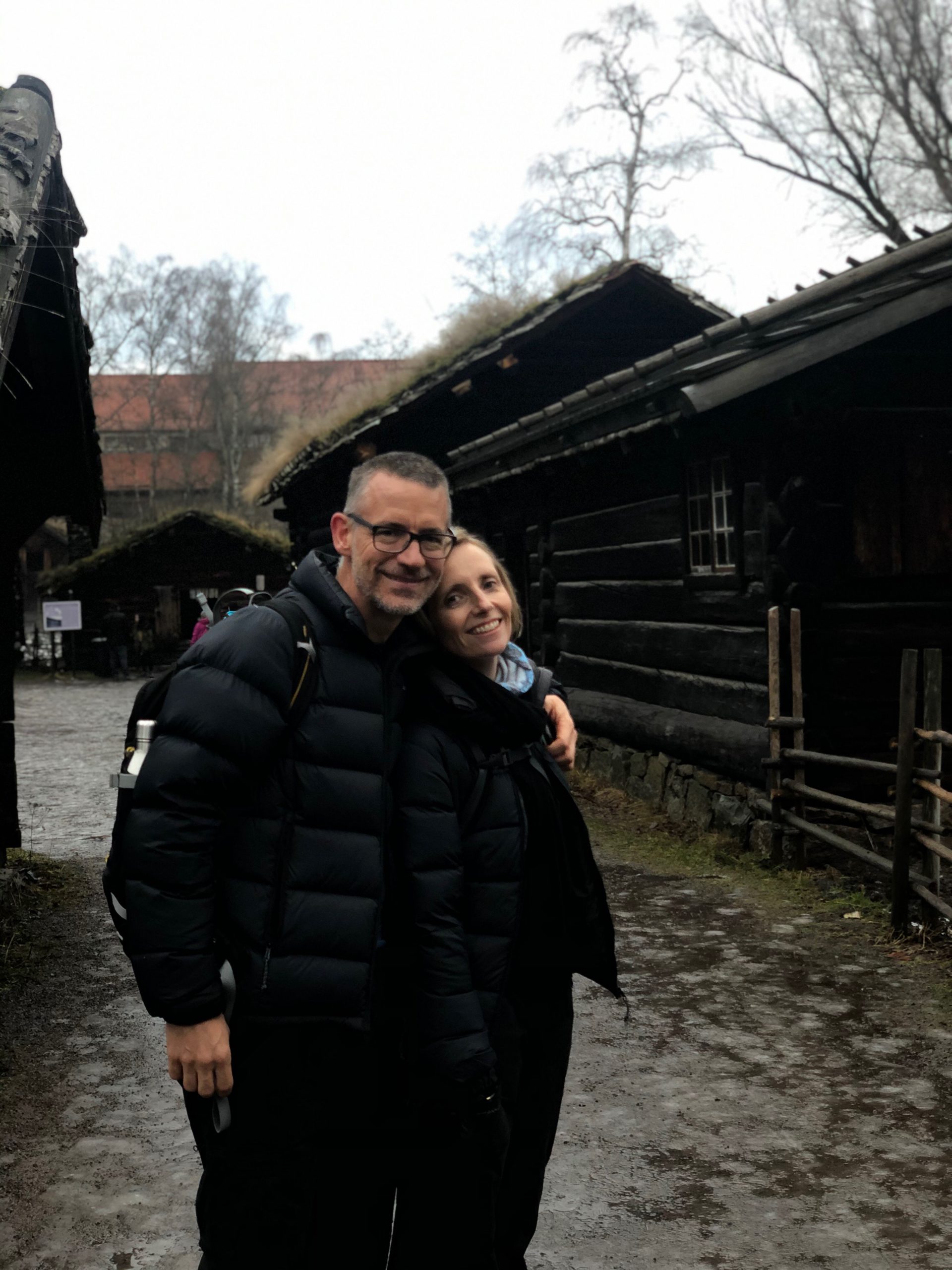
Our final stop for the day was the the Nobel Peace Center. Alfred Nobel stipulated in his will that all his factories would be sold, and the interest should be given to those that had ‘conferred the greatest benefit on mankind’. Five prizes are awarded by Swedish institutions (Economics, Physics, Chemistry, Literature and Medicine), while the Peace Prize is awarded by an independent committee of 5 people in Oslo appointed by the Norwegian Government.
Above the door are the words ‘Broadmindedness, Hope & Commitment’.
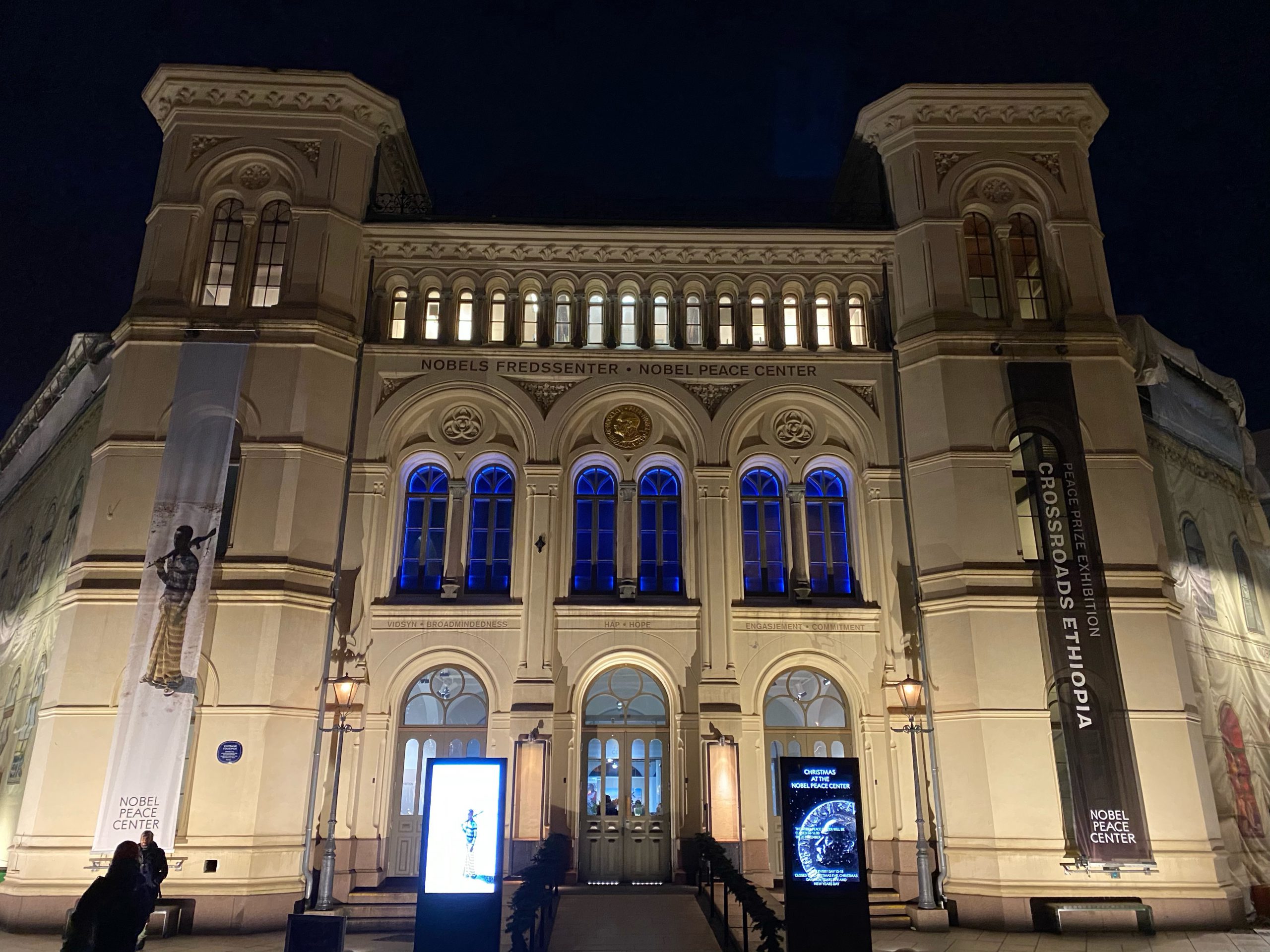
Each year, the Peace Centre hosts a photographic exhibition featuring the current laureate. In 2019, Ethiopian Prime Minister Abiy Ahmed was awarded the prize for his reforms within Ethiopia, and efforts to create peace with Eritrea.
The exhibition titled ‘Crossroads Ethiopia: A country in transition’ is a stunning collection of images. The photographer, Finnair O’Reilly, captured some images and asked a small group of Ethiopian photographers to contribute, recognising the importance of the perspective from within.
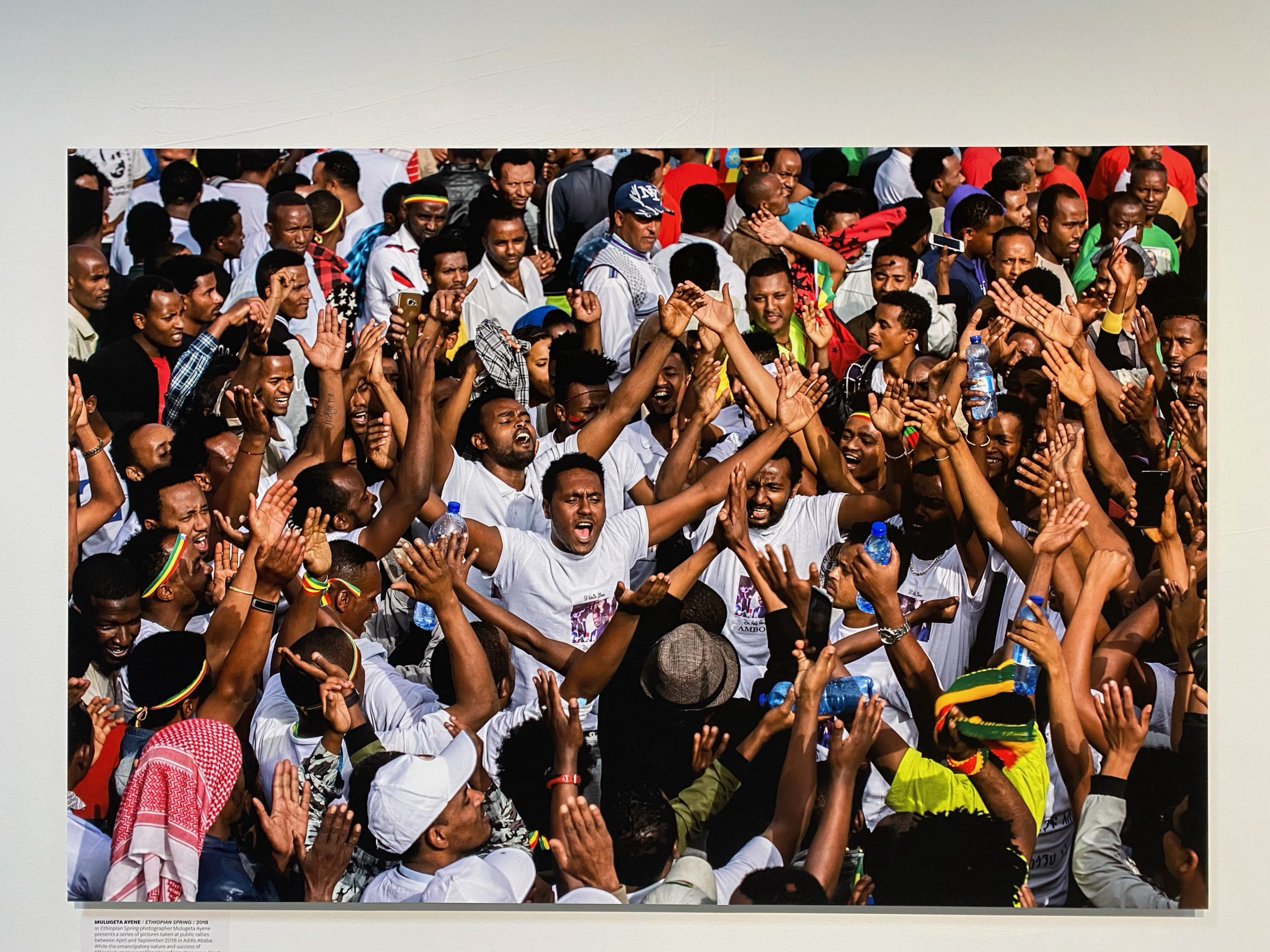

The Centre also recognises past laureates. It’s a fascinating collection of familiar and unfamiliar names, all of which have had an impact on our world. The committee currently receives about 350 nominations per year, and the names of the non-winning nominees remain secret for 50 years.
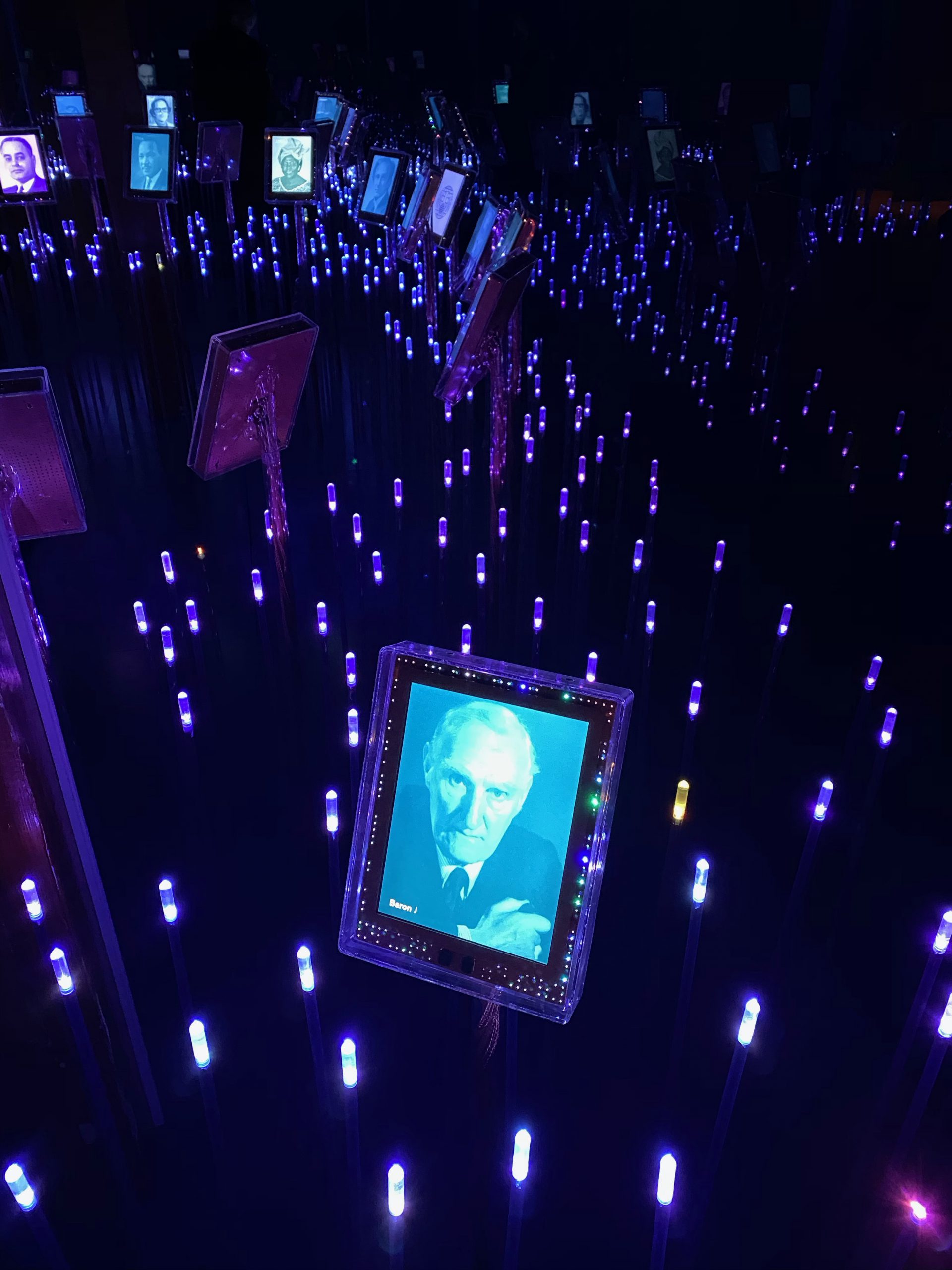
Some of the 2018 exhibition was still showcased at the Centre, in an exhibition titled ‘The Body as a Battlefield’. The 2018 laureates Denis Mukwege and Nadia Murad were recognised for their fight against sexual violence as a weapon of war. The stories were horrific and confronting, and highlighted an aspect of war that is often forgotten.


Most important were the words of Bertha von Suttner, a friend of Nobel that is thought to have inspired the Peace prize, and the first female recipient…
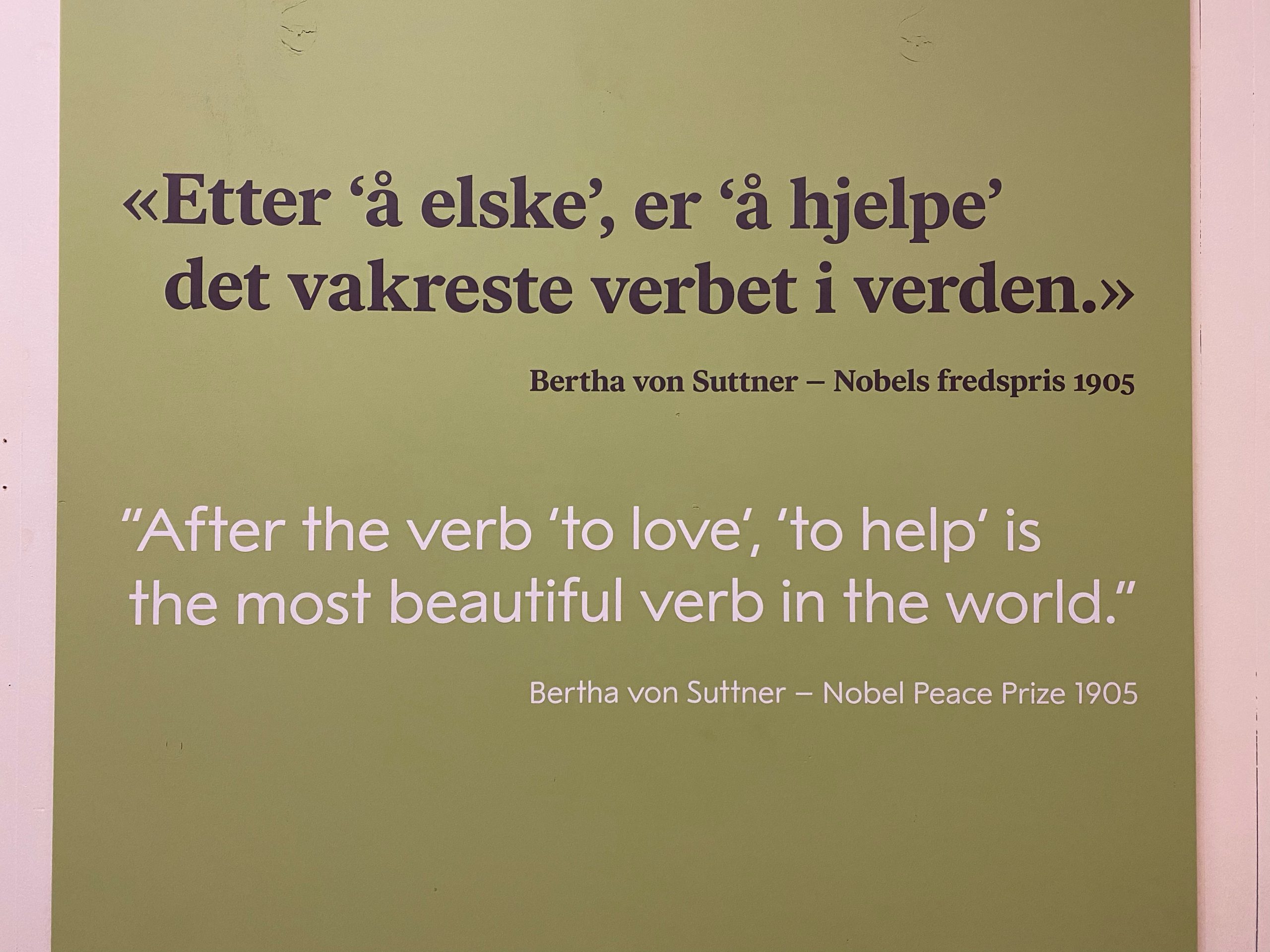
As we head to 2020, I wonder how each of us will help make the world a better, more peaceful place…
Love M & theBunch x
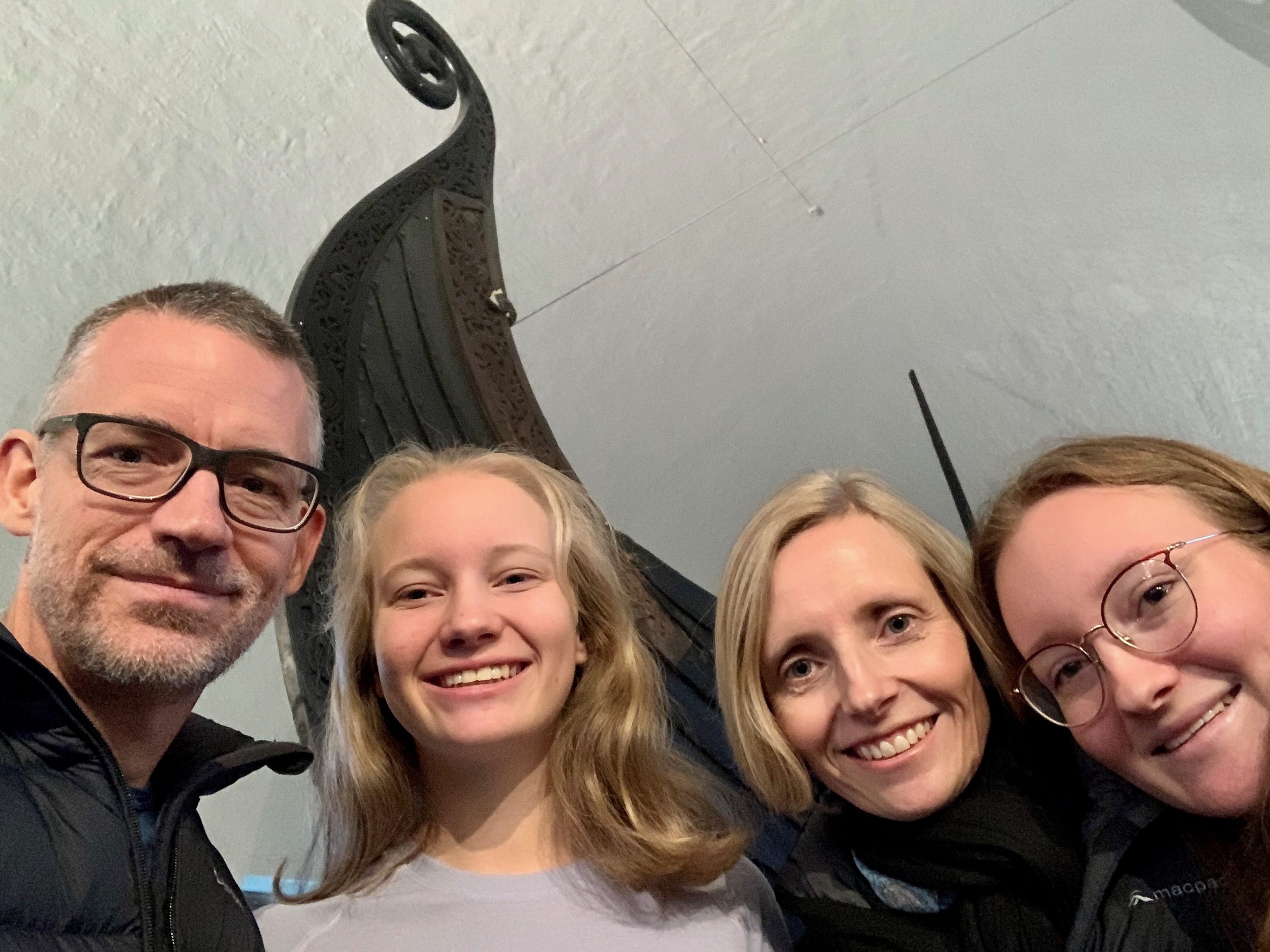
Sun: 9:19-15:18
Temperature: 3-6, wind 5km/hr
Comments are closed